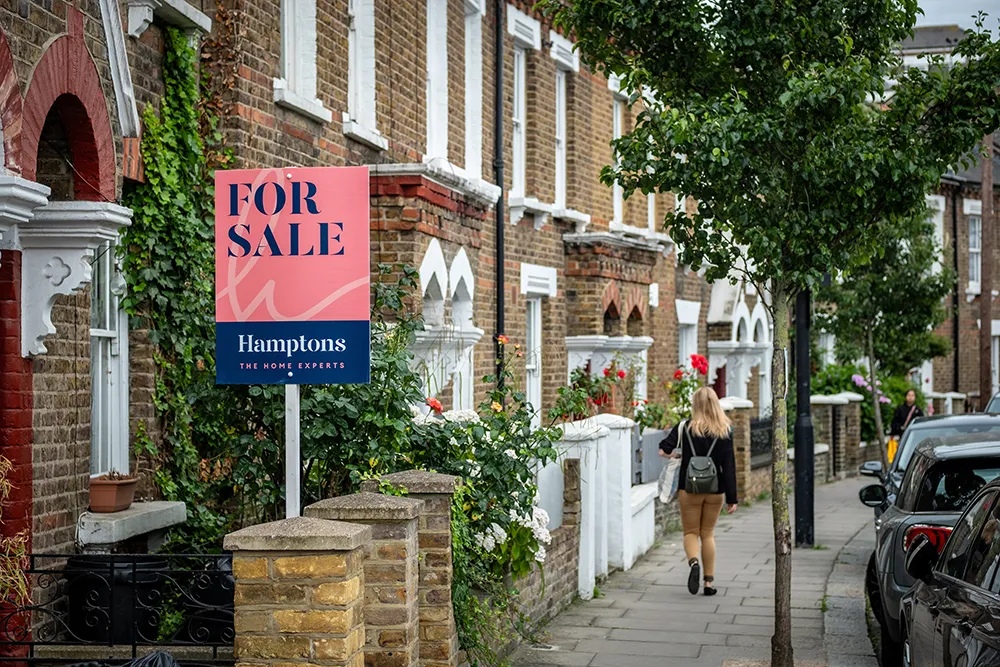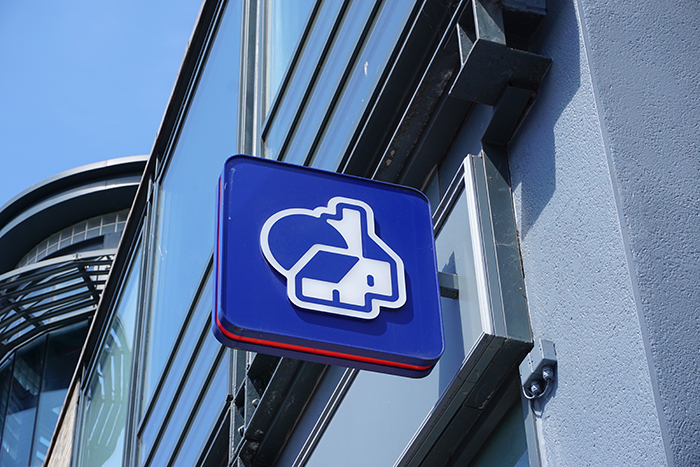
The annual rate of house price growth slowed to 2.1% in June, Nationwide’s latest house price index reveals.
The latest figures show that house prices were down 0.8% month on month. Last month, house price growth was 3.5% in May.
Nationwide chief economist Robert Gardner says: “The softening in price growth may reflect weaker demand following the increase in stamp duty at the start of April.”
“Nevertheless, we still expect activity to pick up as the summer progresses, despite ongoing economic uncertainties in the global economy, since underlying conditions for potential homebuyers in the UK remain supportive.”
“The unemployment rate remains low, earnings are rising at a healthy pace in real terms (i.e. after accounting for inflation), household balance sheets are strong and borrowing costs are likely to moderate a little if Bank Rate is lowered further in the coming quarters as we and most other analysts expect.”
Nationwide’s index shows that Northern Ireland remained the top performing area, with annual house price growth of 9.7%.
Meanwhile, East Anglia was the weakest performing region with just a 1.1% year-on-year rise.
Gardner comments: “Northern Ireland remained the strongest performer by a wide margin, though it did see a slowing in annual price growth to 9.7%, from 13.5% in Q1.”
“While significantly ahead of other UK regions in Q2, it was similar to the robust rates of growth seen in border regions of Ireland in recent quarters. Scotland recorded a 4.5% annual rise, while Wales saw a 2.6% increase.”
Also commenting, OnTheMarket president Jason Tebb states: “There is still plenty of evidence of steady activity in the housing market, despite a considerable number of buyers bringing forward transactions in order to take advantage of the stamp duty holiday before it ended in March.”
“Average house prices are being kept in check by the increase in stock, which exceeds supply in some areas.”
“Interest-rate reductions are more important than ever in order to boost activity and momentum in the market now that the stamp duty holiday is no longer available.”
“Four quarter-point base-rate cuts since last August have made all the difference to affordability and the ability to plan ahead with confidence. Further reductions will give the market added impetus as we head into the latter half of the year.”
“Mortgage lenders continue to gently trim rates and ease criteria, which is further assisting borrowers dealing with stubborn inflation and the elevated cost of living.”
Elsewhere, Quilter Cheviot chartered financial planner Rosie Hooper adds: “This marks a considerable softening compared to last month’s figures, which saw 0.4% monthly growth and 3.5% on an annual basis, and highlights a housing market still adjusting to high borrowing costs and shifting buyer sentiment.”
“Affordability remains a huge hurdle for many buyers. While the effective interest rate on new mortgages edged down slightly to 4.47% in May, repayments are still considerably higher than just a few years ago.”
“Many prospective buyers, particularly first-time purchasers, face tough affordability assessments and elevated upfront costs following the changes to stamp duty.
“That said, recent data from the Bank of England shows signs of life returning to the mortgage market. Net borrowing of mortgage debt rose by £2.1bn in May, following a sharp drop in April, while gross lending jumped to £20.4bn, which is the highest level since January.”
“Mortgage approvals for house purchases also rose for the first time this year, increasing to 63,000. Though still below historic norms, this suggests that buyer confidence is starting to return in dribs and drabs.”


